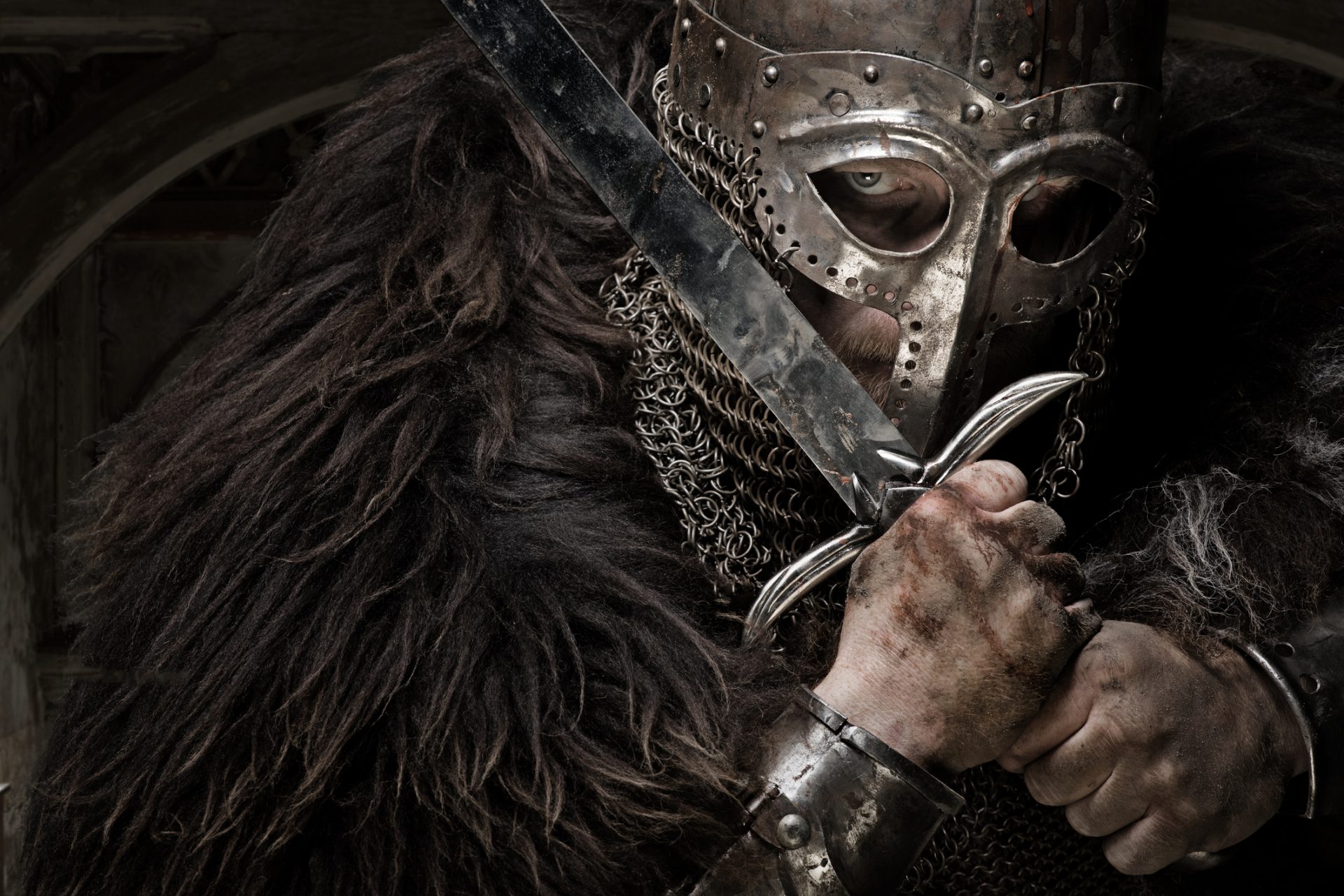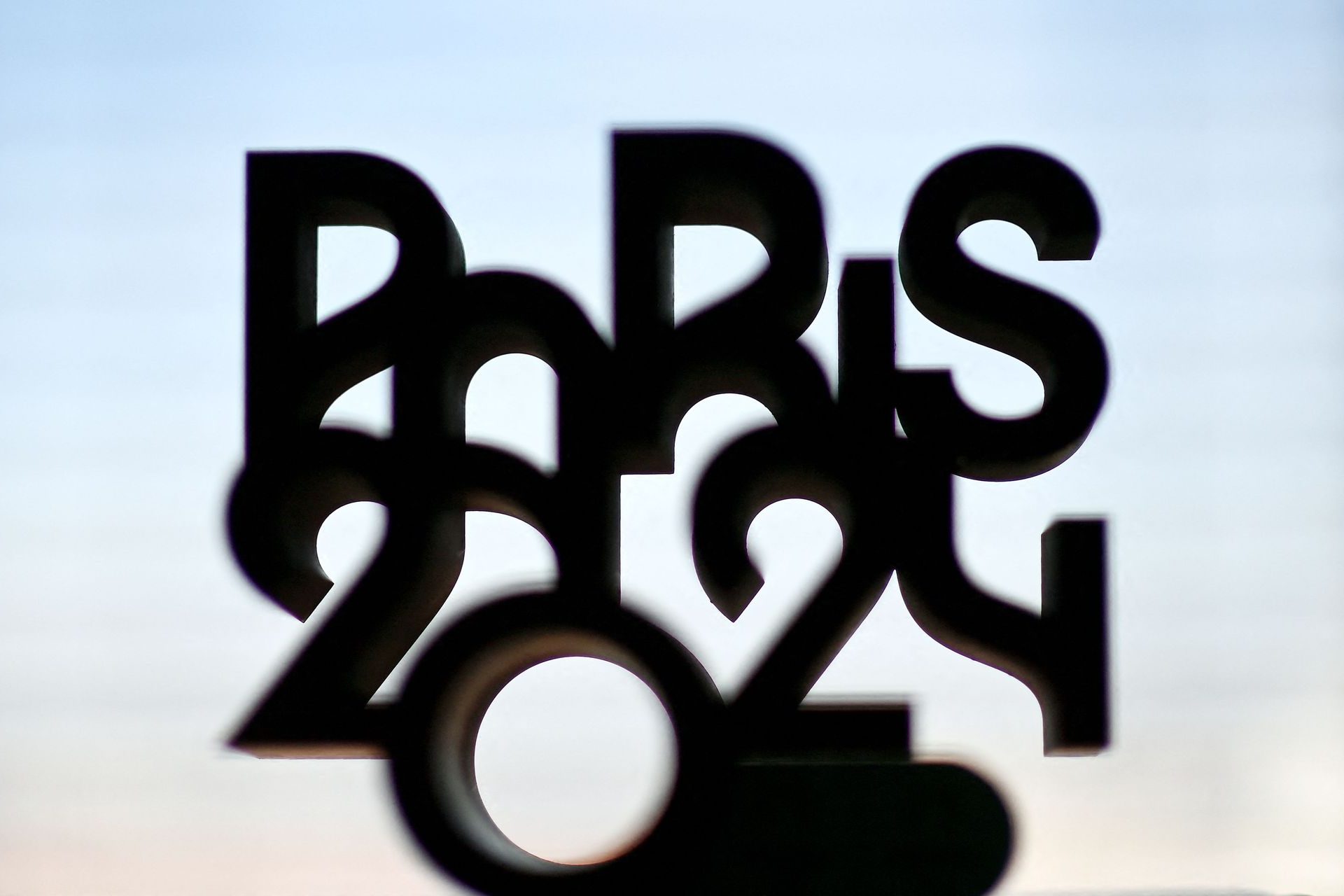One stunning archeological find changed what we knew about the Vikings
A stunning archeological discovery in August might prove to be one of the most significant researchers have made in decades when it comes to better understanding the cultural history of the Vikings and their civilization.
A deciphered inscription on a piece of early medieval jewelry discovered in Denmark might have upended everything we knew about the Vikings and the roots of their religion according to the Scandinavian researchers who made the discovery.
Scientists revealed that an inscription about the pagan god Odin found on a golden bracteate proved the deity was being worshiped far earlier than previously believed.
Photo by Twitter @SimonCoupland
“This is the smoking gun for Odin’s presence in Scandinavia as early as the 5th century,” Simon Nygaard told NBC News’ Patrick Smith and Henry Austin.
Nygaard is an Associate Professor of Pre-Christian Nordic Religion at Aarhus University and was consulted about the runic inscription of Odin found on the bracteate.
“In the proper sense of the word, it’s historic,” Nygaard said about the find, mentioning that the discovery of such a well-preserved inscription of Odin was “spectacular.”
Photo: Arnold Mikkelsen, The National Museum of Denmark, Press Release.
Odin was one of the primary gods of Norse mythology and was important to a number of societies and cultures throughout Northern Europe in the pre-Christian era.
Gods are often found on Medieval bracteates, which were thin pieces of one-sided jewelry worn much like a medal throughout Europe during the Germanic Iron Age.
Photo by @AlisonFisk Image: British Museum (1984,1101.1)
The bracteate examined by Nygaard bore an inscription that stated—“He is Odin’s man”—and was buried with a larger grouping of treasures that included Roman coins as well as other jewelry, large medallions, and saucers according to The Guardian.
Photo: Arnold Mikkelsen, The National Museum of Denmark, Press Release.
“It’s one of the best executed runic inscriptions that I have ever seen,” said Lisbeth Imer, a Runeologist at Denmark’s National Museum in Copenhagen.
Photo by Twitter @lisbethimer
“That kind of mythology can take us further and have us reinvestigate all the other 200 bracteate inscriptions that we know,” Imer added.
Photo by Twitter @lisbethimer
The Guardian noted that experts believe the bracteate and the many other treasures it was found with were buried as a tribute to the gods or to hide them from their owner's enemies.
Runic inscriptions are an extremely important resource for researchers not only for their rarity but also because of their ability to help us better understand the Viking’s past.
“When an inscription of this length appears, that in itself is amazing,” said Krister Vasshus, an ancient language specialist.
Photo by Twitter @KristerVasshus
“It gives us some quite interesting information about religion in the past, which also tells us something about society in the past,” Vasshus added.
Photo by Twitter @lisbethimer
The golden bracteate bearing the 5th-century inscription of Odin’s man was discovered in Vindelev, Denmark in 2020 but wasn't examined by scientists until earlier 2023.
Before the Vindelev find, the oldest known reference to Odin was found on a 6th-century Germanic brooch according to Patrick Smith and Henry Austin.
The discovery of such a well-crafted and early find “pushes our knowledge a bit further,” Simon Nygaard told NBC News, “which is very exciting.”
The Vindelev bracteate was not wholly original and appeared to have been worked into a newer piece of Roman jewelry, which only adds to the mystery of the item's past.
More for you
Top Stories
































